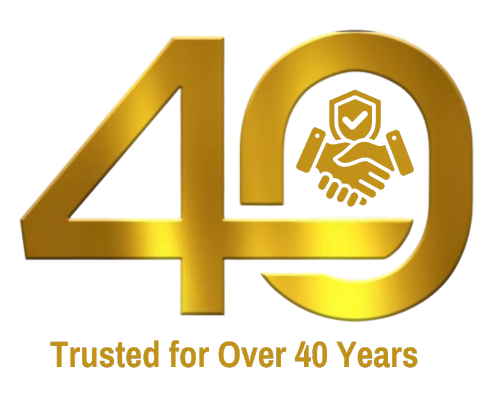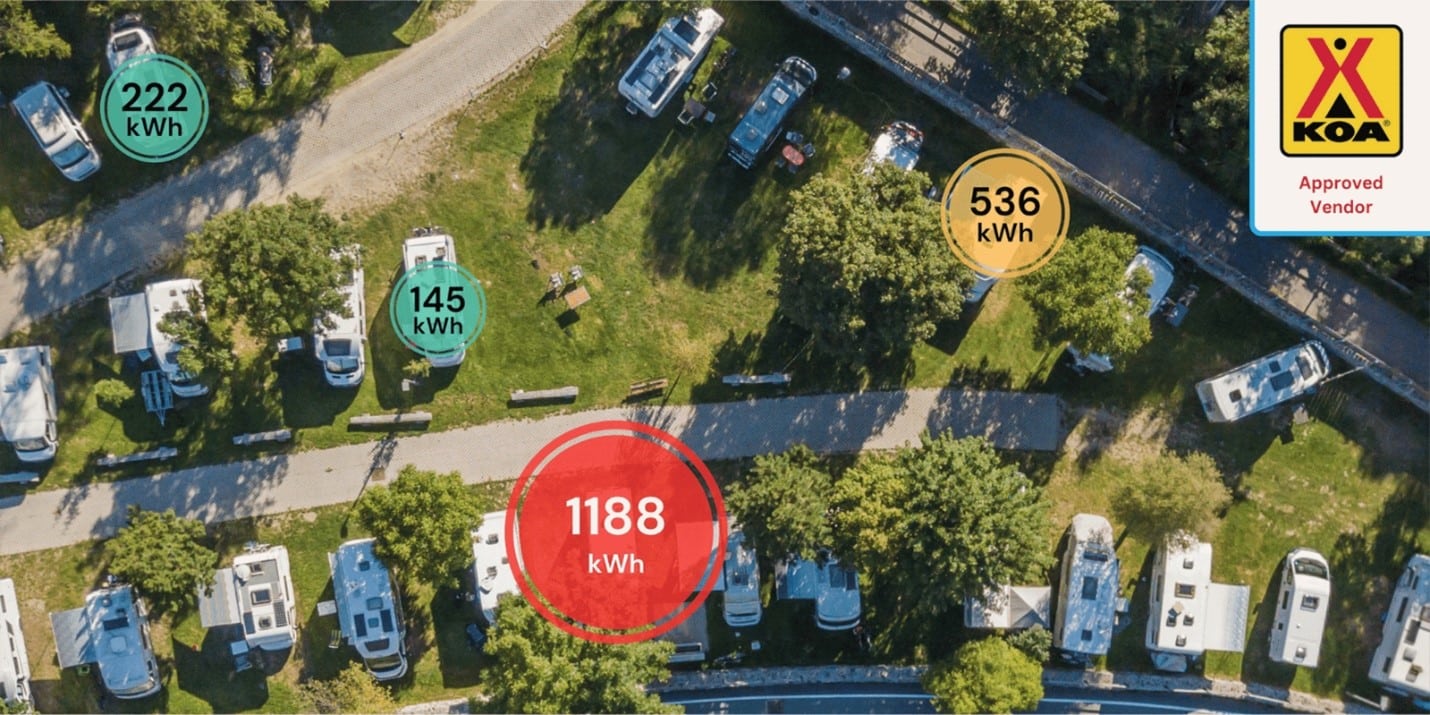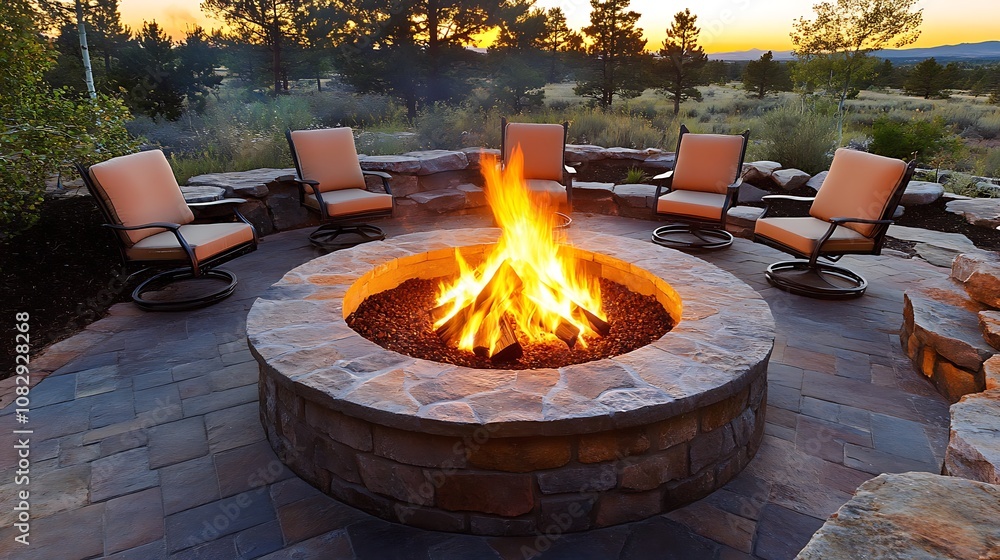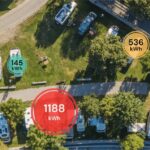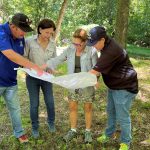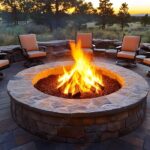Campground Design Mistakes to Avoid: How to Maximize Your Space & Profits
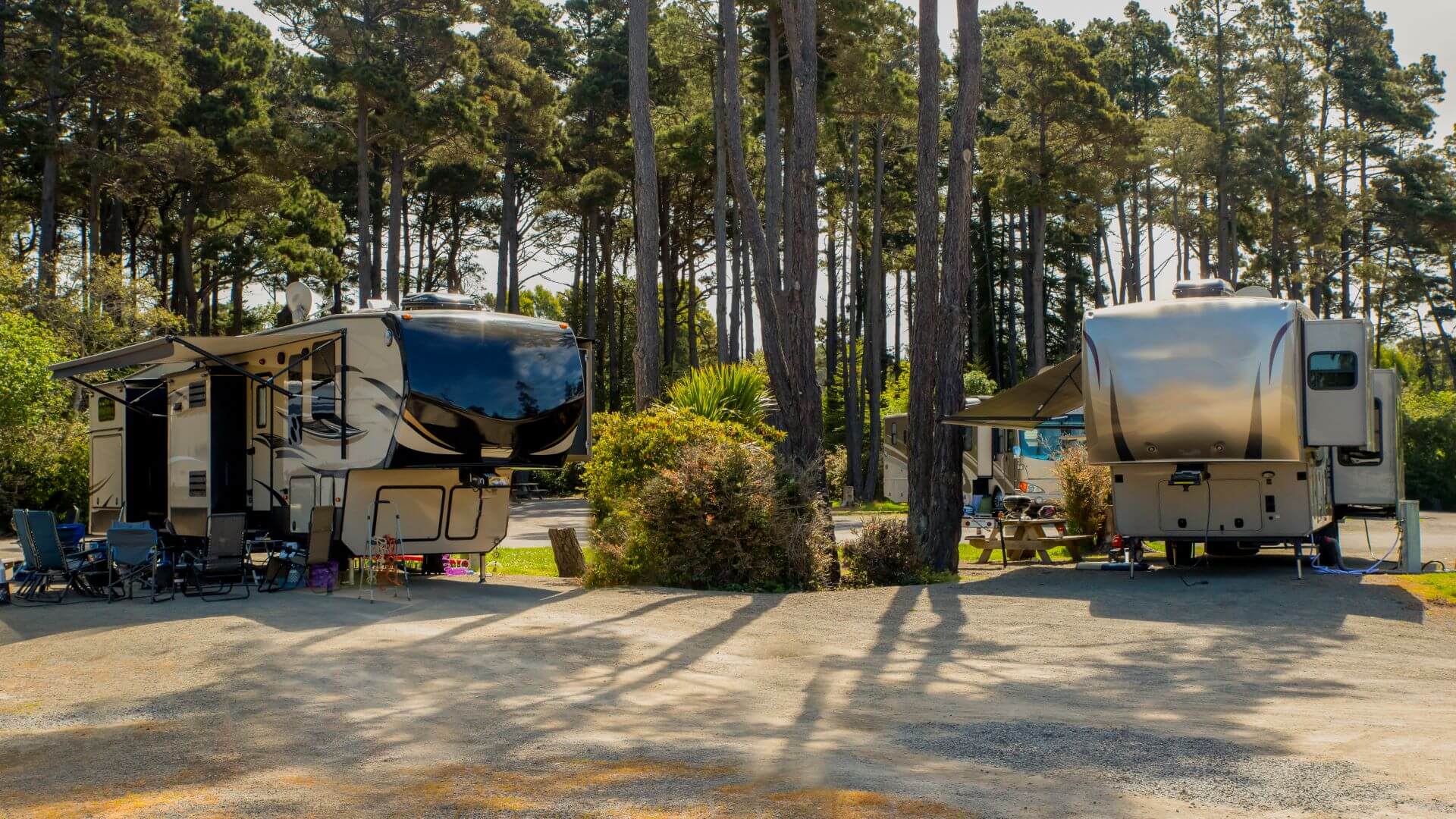
Building a campground isn’t just about finding a great location and putting in RV sites. The layout, infrastructure, and overall design can make or break your success. A well-designed campground runs efficiently, generates strong revenue, and provides guests with a seamless experience. A poorly designed one? It can lead to operational headaches, unhappy campers, and lost profits.
At Campground Consulting Group, we’ve seen plenty of designs that work—and just as many that don’t. If you’re planning a new park or expanding an existing one, here are four major campground design mistakes to avoid and what to do instead.
1. Poor Site Layout: Not Planning for Today’s RVs
One of the most common (and costly) mistakes in campground design is not properly spacing and angling sites. Many older parks were built when smaller travel trailers were the norm. Today’s RVs are much bigger, and guests expect sites that accommodate them comfortably.
Common Issues:
- Sites that are too narrow – Leading to difficult parking and a cramped experience.
- Wrong angles – Sites that require complex maneuvering frustrate guests and increase the risk of damage to rigs and property.
- Not enough pull-through sites – Many overnight travelers prefer the ease of pull-throughs over back-in spots.
What to Do Instead:
- Design sites at a 30- to 45-degree angle for easier access.
- Ensure wide roadways that allow for safe turns.
- Include a mix of pull-through and back-in sites based on your market needs.
- Keep spacing generous, with at least 30 feet between sites where possible to give guests a comfortable experience.
A well-planned layout means happier campers, fewer property damage claims, and higher repeat business.
2. Underestimating Infrastructure Needs
A campground is more than just parking spots—it’s a utility-heavy operation. One of the biggest mistakes we see is underestimating the power, water, and sewer needs of a modern RV park.
Common Issues:
- Insufficient electrical hookups – Today’s RVs require 50-amp service, yet many parks still install mostly 30-amp connections.
- Poor water pressure – If your system isn’t built for high demand, guests will notice.
- Septic and sewage bottlenecks – A system that can’t handle peak capacity creates major maintenance headaches.
What to Do Instead:
- Install 50-amp service at every site, even if some guests don’t need it yet.
- Plan for future capacity—a system that barely meets today’s needs will quickly become outdated.
- Work with an engineer to properly size septic and sewer systems based on full-occupancy usage.
- Consider installing fiber or high-speed internet—reliable Wi-Fi is one of the most requested amenities at campgrounds today.
Cutting corners on infrastructure will cost you more in the long run when you need to make upgrades or repairs. Build it right the first time.
3. Not Designing for Guest Flow and Traffic Patterns
Your guests’ first impression of your park starts before they even get to their site. A confusing entrance, tight turns, or poor signage can cause frustration and set the wrong tone for their stay.
Common Issues:
- Narrow or unclear entrance roads – Large RVs need space to maneuver safely.
- Congested check-in areas – Long lines at the entrance can frustrate arriving guests.
- Poorly marked roads and sites – Guests struggle to find their site, causing unnecessary traffic delays.
What to Do Instead:
- Design a clear entrance with a wide, well-marked driveway.
- Set up an efficient check-in process with online pre-registration or a separate lane for express check-in.
- Use large, reflective site numbers so guests can easily find their spot at night.
- Provide one-way roads where possible to keep traffic flowing smoothly.
A well-planned traffic flow reduces stress for both guests and staff and prevents avoidable accidents.
4. Forgetting to Plan for Expansion
Many campground owners make the mistake of only planning for their initial phase and not thinking about future expansion. While your first phase may include 50 sites, what happens when demand grows and you want to add 50 more? If you haven’t designed your infrastructure with expansion in mind, you may face costly retrofits.
Common Issues:
- No room for additional sites – Poor initial layout can limit expansion opportunities.
- Undersized utilities – Infrastructure that can’t support more sites forces expensive upgrades later.
- Lack of amenities – A park that grows without adding amenities (laundry, pool, dog park, etc.) may lose guest satisfaction.
What to Do Instead:
- Design the park with a master plan that allows for easy expansion.
- Install oversized infrastructure upfront to accommodate future growth.
- Leave space for amenities and premium sites that can be added as revenue increases.
Planning for growth now saves time, money, and frustration later when your park is ready to expand.
Final Thoughts: Build Smart, Operate Efficiently
A well-designed campground maximizes both space and profits. By avoiding these common mistakes and planning for the long term, you’ll create a park that:
- Runs efficiently
- Offers a better guest experience
- Generates higher revenue
At Campground Consulting Group, we help developers and owners design smarter parks that are both functional and profitable. If you’re planning a new campground or making changes to an existing one, let’s make sure you get it right the first time.
Ready to Build or Expand Your Campground? Let’s Talk.
Whether you’re in the early planning stages or looking to optimize your existing park, we can help you avoid costly mistakes and maximize your investment.
Contact us today for a consultation.
[Insert Contact Information]
A campground built with the right strategy is a campground built for success. Let’s make sure yours is one of them.

